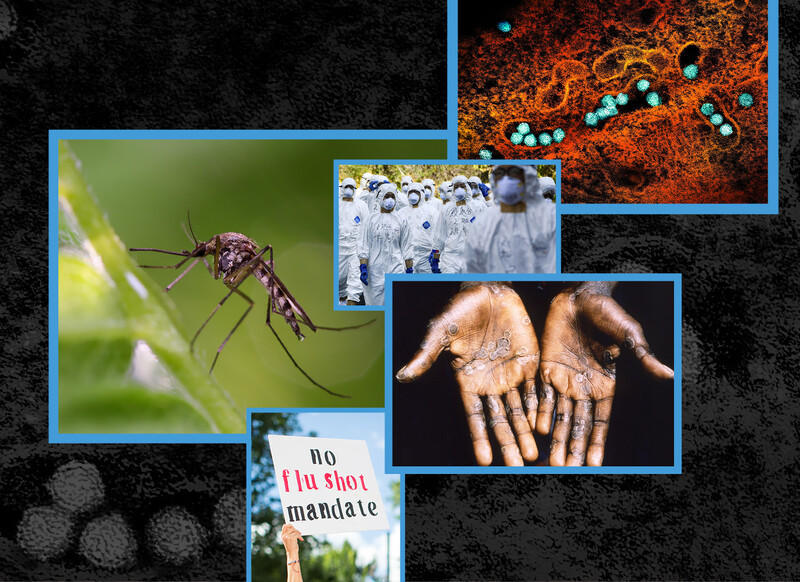Physicians have seen it before: in the aftermath of a viral epidemic, survivors complain of a crushing lethargy, mental fogginess, sleep difficulty, and muscle pain. Many are eventually diagnosed with myalgic encephalomyelitis, also called chronic fatigue syndrome (ME/CFS), a poorly understood condition that has no FDA-approved treatment and that often leaves people debilitated for life. It has happened after outbreaks of SARS, MERS, West Nile fever, Epstein-Barr viral infections, and Ebola. And now, experts fear, it could happen again on a much larger scale with COVID-19.
“Many people who’ve had COVID-19 and recovered from their respiratory symptoms are now experiencing health problems that we often see in the early stages of ME/CFS,” says Mady Hornig, a Columbia immunologist and an expert on the neurological disease.
While it is too early to know how many COVID-19 patients may develop ME/CFS, past studies indicate that 10 percent or more of people who become seriously ill as a result of a viral infection may subsequently be diagnosed with the condition. If those numbers hold for COVID-19, Hornig says, millions of people worldwide could be at risk.
“We could be looking at an unprecedented wave of ME/CFS over the next few years, with profound societal costs,” says Hornig, adding that an estimated three million Americans already suffer from the disorder.
And yet with this crisis comes an opportunity: Hornig and other ME/CFS experts see the pandemic as their best chance to date to investigate the physiological roots of the disease and develop treatments. ME/CFS, which usually occurs when a viral, bacterial, or fungal infection causes lasting damage to the immune, nervous, and metabolic systems, is often diagnosed years after the original infection, limiting researchers’ ability to piece together how it develops and evolves. But now that a viral infection suspected of triggering ME/CFS is spreading so aggressively, scientists say they have an opportunity to conduct larger, more statistically powerful studies.
“This could help us determine exactly what is different about people who fully recover from an infection like COVID-19 and those who suffer lingering problems,” says Hornig, who is an associate professor of epidemiology at the Mailman School of Public Health.
Hornig is now undertaking several studies that aim to identify risk factors for ME/CFS among COVID-19 patients and to lay the groundwork for new prevention and treatment strategies. In collaboration with scientists at the LA-based research and advocacy organization Solve ME, for example, she is planning to follow large numbers of people who have recovered from COVID-19 to find out how many develop the syndrome and, hopefully, why.
“One of the interesting things we’ve seen so far is that some COVID-19 patients who initially seem to be on the path to developing ME/CFS actually start to feel better after four or five months,” she says. “We think that looking closely at these people and comparing them to others who eventually do get diagnosed with ME/CFS could yield valuable insights. Might there be something distinct about their immune systems that makes them more resilient? That could be the kind of discovery that opens up new possibilities for treatment.”



